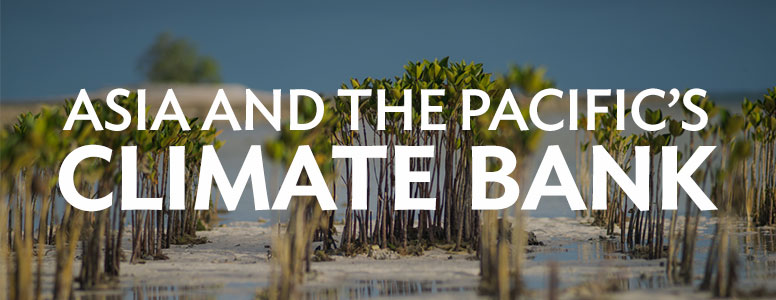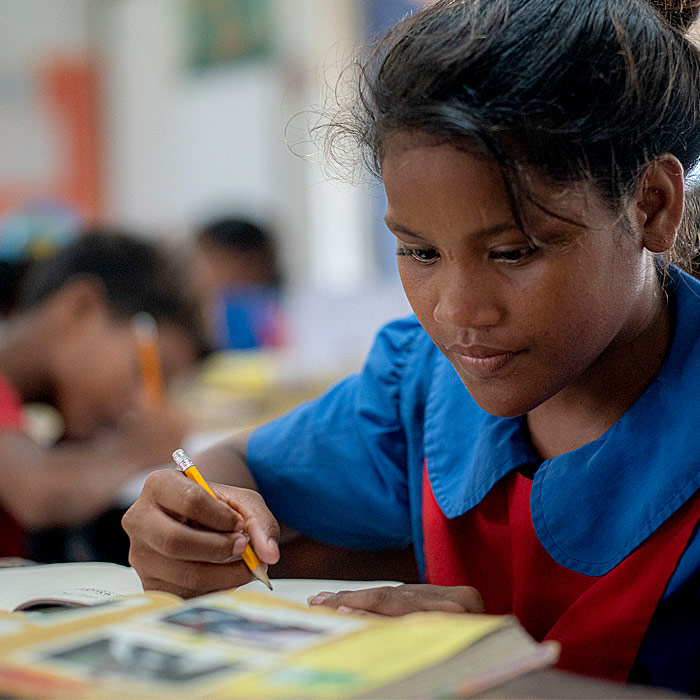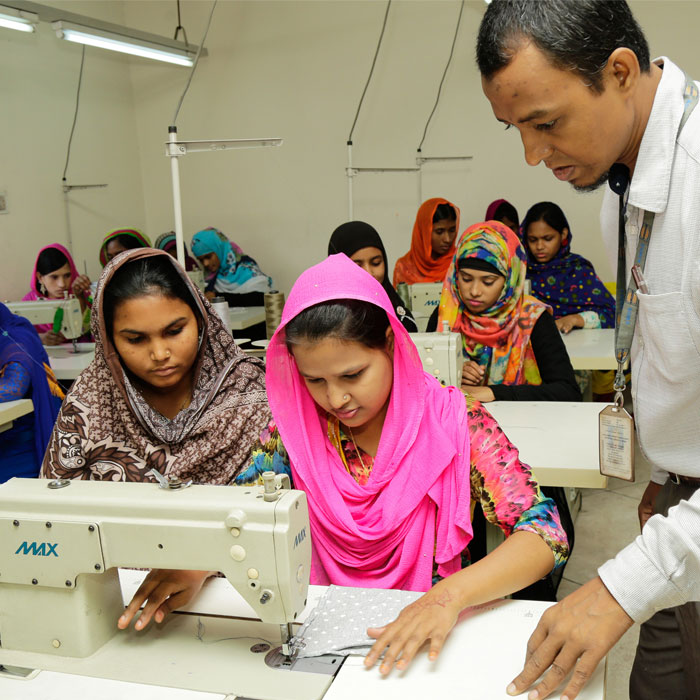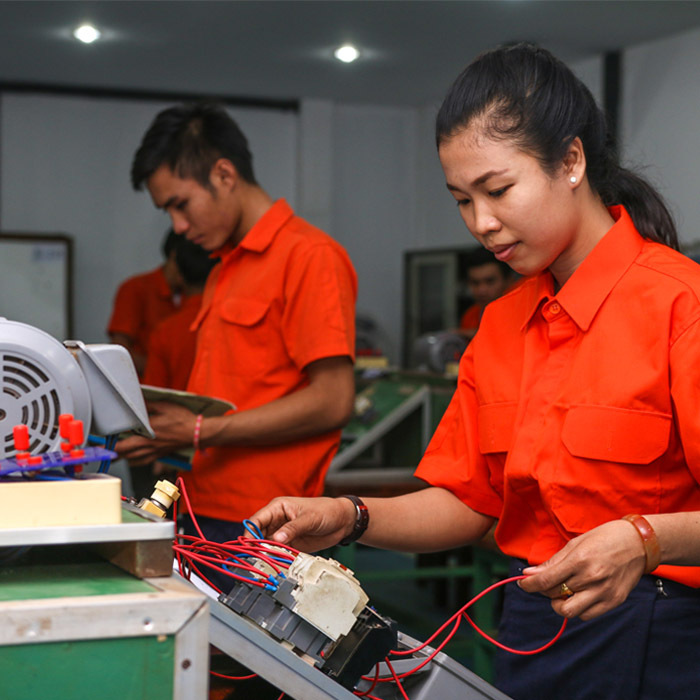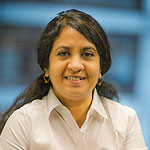Education
ADB is working across Asia and the Pacific to promote quality, accessible education for all to support sustainable development.
- Jump to:
- What ADB Is Doing
- What ADB Has Done
- What's New
-
Knowledge gap between middle- and high-income economies in Asia
Children who are unable to go to school, even in countries where enrolment levels are high, tend to be from the poorest and most disadvantaged in society.
-
Reading proficiency of 15-year-olds in Asian economies
Some economies perform better in achieving basic literacy in primary school but still underperform in secondary school. In a number of Asian economies, the majority of 15-year-olds do not meet even minimum expected proficiency in reading.
-
Students' Access to a Computer or Laptop at Home
The digital capabilities of students and their access to the tools and content required for digital education are key pillars of the digital education ecosystem. However, access to devices most suitable for remote learning, such as laptops and computers, is low.
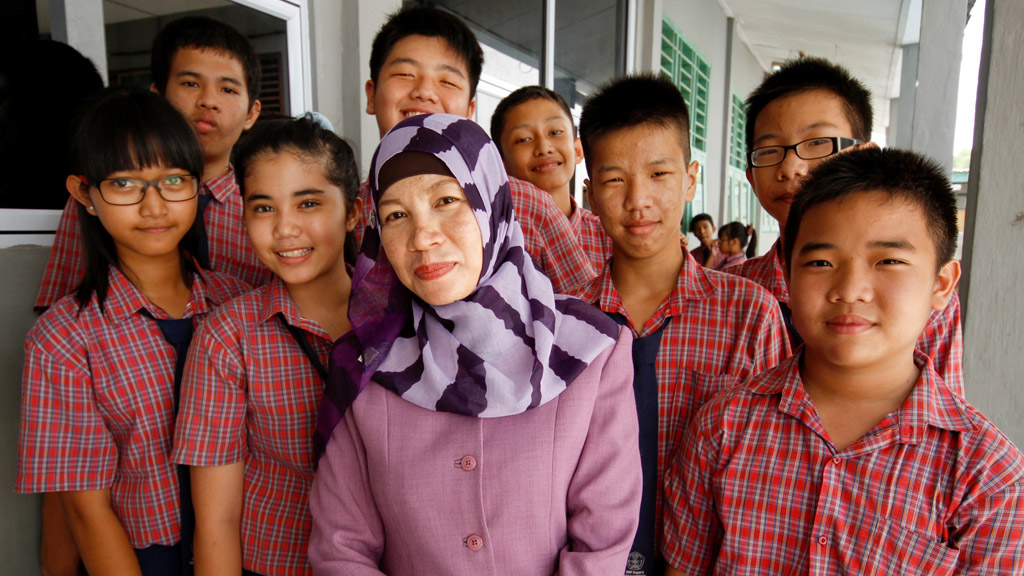
ADB has been working for more than 50 years in Asia and the Pacific to expand and improve education at all levels and has allocated about $15 billion in loans and grants to the sector. The bank has played an important role in Asia’s achievements in education; today 9 out of 10 children in the region are enrolled in primary school. But daunting challenges, particularly in quality of learning, remain if countries are to become successful knowledge economies. Reducing inequality in education is central to poverty reduction. ADB has supported many projects that promote inclusivity, such as education scholarships and stipends linked to conditional cash transfer programs.
These inclusivity programs have often had positive results, particularly when targeted at girls, poor households and marginalized groups. ADB will also focus on the future of work, green transformation, digital learning, and strong foundational skills. These are the most critical areas that developing member countries (DMCs) will need to recovery from the COVID-19 pandemic. There’s a clear link between quality education and economic competitiveness. The bank is working to support its DMCs improve universities and vocational training centers to better align them with national economic needs. ADB is committed to working with its partners to find new ways of sustainably financing education at all levels.
Our Impact
Results delivered in 2022 from ADB projects.
1.4 million
People enrolled in improved education or training
115,000
Women and girls completing secondary and tertiary education, and/or other training
198,000
Women enrolled in vocational and other job training
Your Questions Answered
-
What role has ADB played in promoting primary and secondary education in developing Asia?
ADB is supporting primary and secondary education in 19 of its developing member countries (DMCs). While most countries in Asia and the Pacific have achieved almost universal primary education, many have yet to achieve universal secondary education.
-
What impact has the COVID-19 pandemic had on education in developing Asia?
ADB estimates that schools in developing Asia were closed for 272 days on average, or 73% of learning time, between February 2020 and October 2021. The average length of school closures was particularly long in South Asia (375 days) and shorter in the Pacific (42 days).
-
How can vocational education be better linked to the specific needs of industry and commerce in Asia’s rapidly growing economies?
ADB supports vocational education, for example this program in Bangladesh. New institutions are needed to support companies in setting up work-based training arrangements. Vocational skills training should be closely linked to industry.
What's New
-
| Publications, Reports
Alternative Way to Expand Access and Improve Quality Public–Private Partnership in Education in the Republic of Korea and Japan
-
| Publications, Papers and Briefs
Strengthening School Teaching in Pakistan
-
| Publications, Reports
Online Learning during the COVID-19 Pandemic: A Review of Student Experiences in Asian Higher Education
-
| Development Asia
Avoiding the Middle-Income Trap Through Investments in Universal Secondary Education
-
| News Releases, News from Country Offices
Грант АБР в $40 миллионов для укрепления среднего образования STEM в Таджикистане

